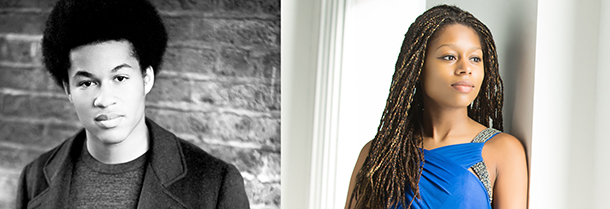Tag: Sonata for Cello and piano in C minor Op. 6
-

PROGRAM NOTES: SHEKU AND ISATA KANNEH-MASON
Ludwig van Beethoven 12 Variations on “Ein Mädchen oder Weibchen” from The Magic Flute Op. 66 Beethoven’s set of variations on a theme from Mozart’s Magic Flute features twelve sharply chiselled operatic duets between piano and cello, widely differentiated in character like the comic personalities in the Singspiel from which the theme is derived. Audiences…

